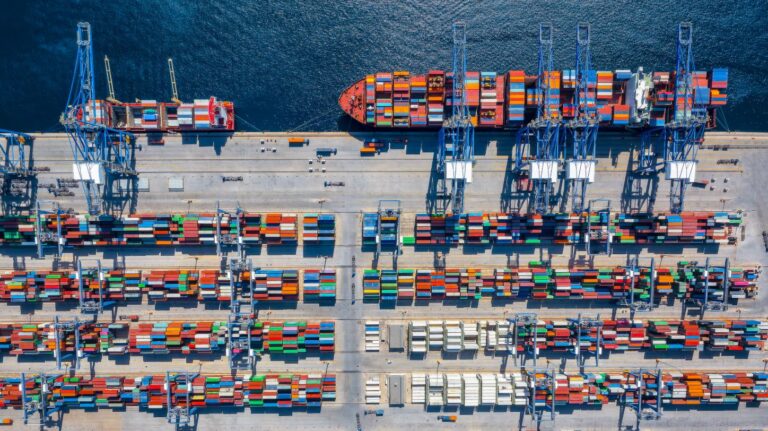Moody’s projections indicate that total container cargo volume at rated ports will grow by only 2% in 2025, a sharp slowdown from the 9% growth expected for 2024.
The slowdown is attributed to softening economic growth and weak consumer spending, despite a strong start to 2024, with cargo volumes increasing by an average of 11% in the first eight months of the year.
Risks to port operations remain significant. The incoming president’s proposed tariffs, which could range from 10% to 60% on imports, might reduce trade and lead to a decline in cargo volumes, particularly affecting ports reliant on high trade volumes.
Additionally, the possibility of a labour strike starting January 15 at East and Gulf Coast ports could disrupt operations further. Although a tentative agreement in October halted a previous work stoppage, unresolved issues related to marine terminal automation continue to pose a risk to the stability of these critical ports.
Cybersecurity remains a growing concern, with recent breaches at several ports, including the Port of Seattle, prompting Moody’s to raise the port sector’s global cyber risk profile to “high risk.” Further complicating the outlook, while Panama Canal traffic has recovered from earlier drought restrictions, future restrictions due to water levels could once again disrupt trade, particularly impacting East Coast ports.
On a more positive note, the cruise sector is expected to remain a significant revenue driver for certain ports. Bookings for 2025 and 2026 are exceeding historical levels, with higher prices compared to this year, especially benefiting Florida ports and the Port of New Orleans. Although cruises make up less than 10% of overall port revenue, their importance is material for these regions, especially with younger consumers drawn to the relative affordability of cruise vacations.
Moody’s warns that the overall outlook for the port sector could turn negative if economic conditions lead to a significant decline in cargo volume. Conversely, if cargo growth surpasses expectations and exceeds 3%, the outlook may shift to positive.







